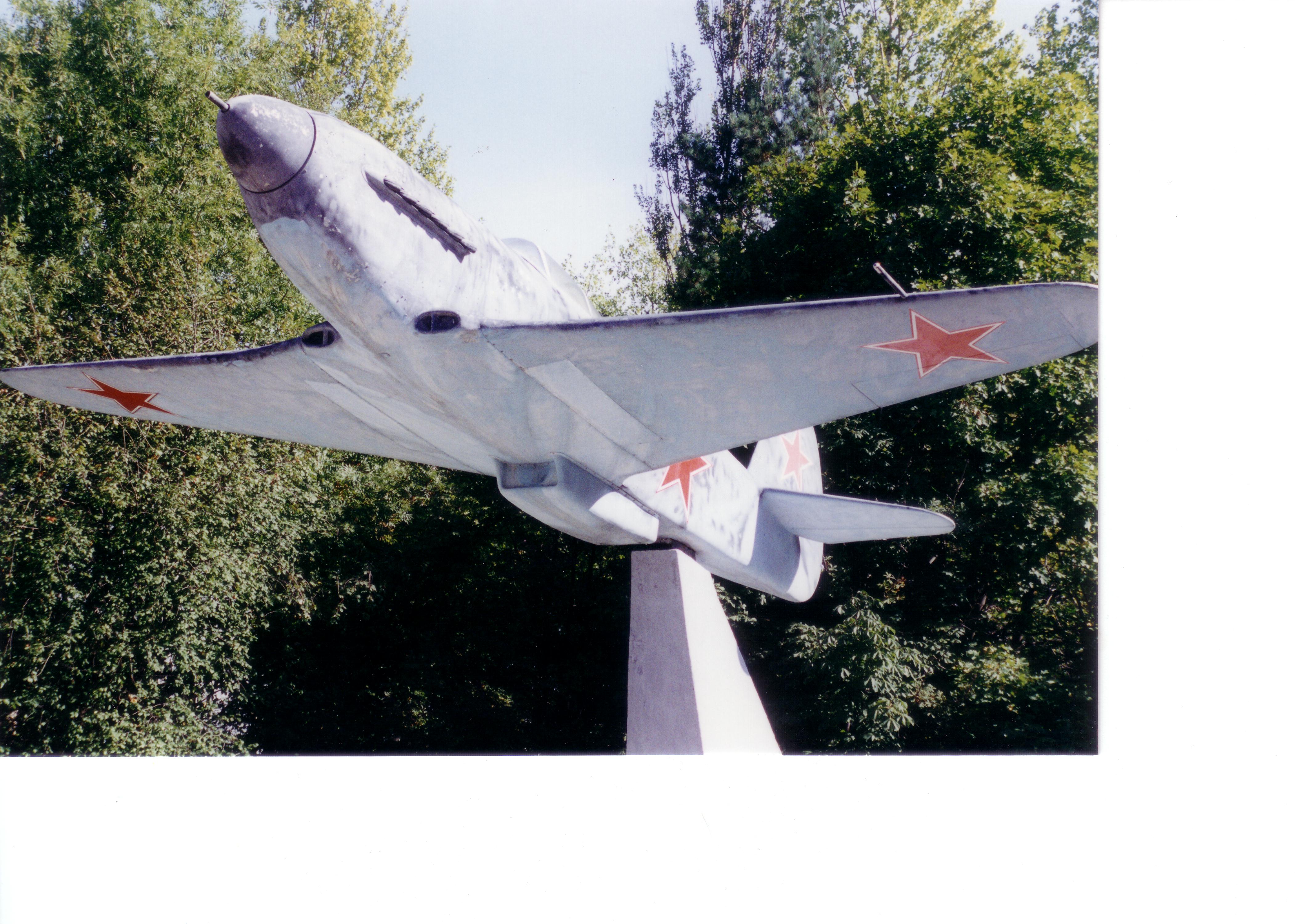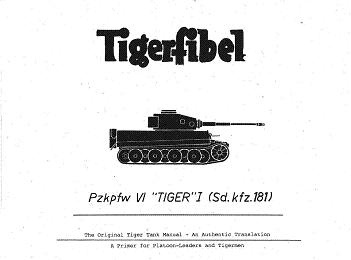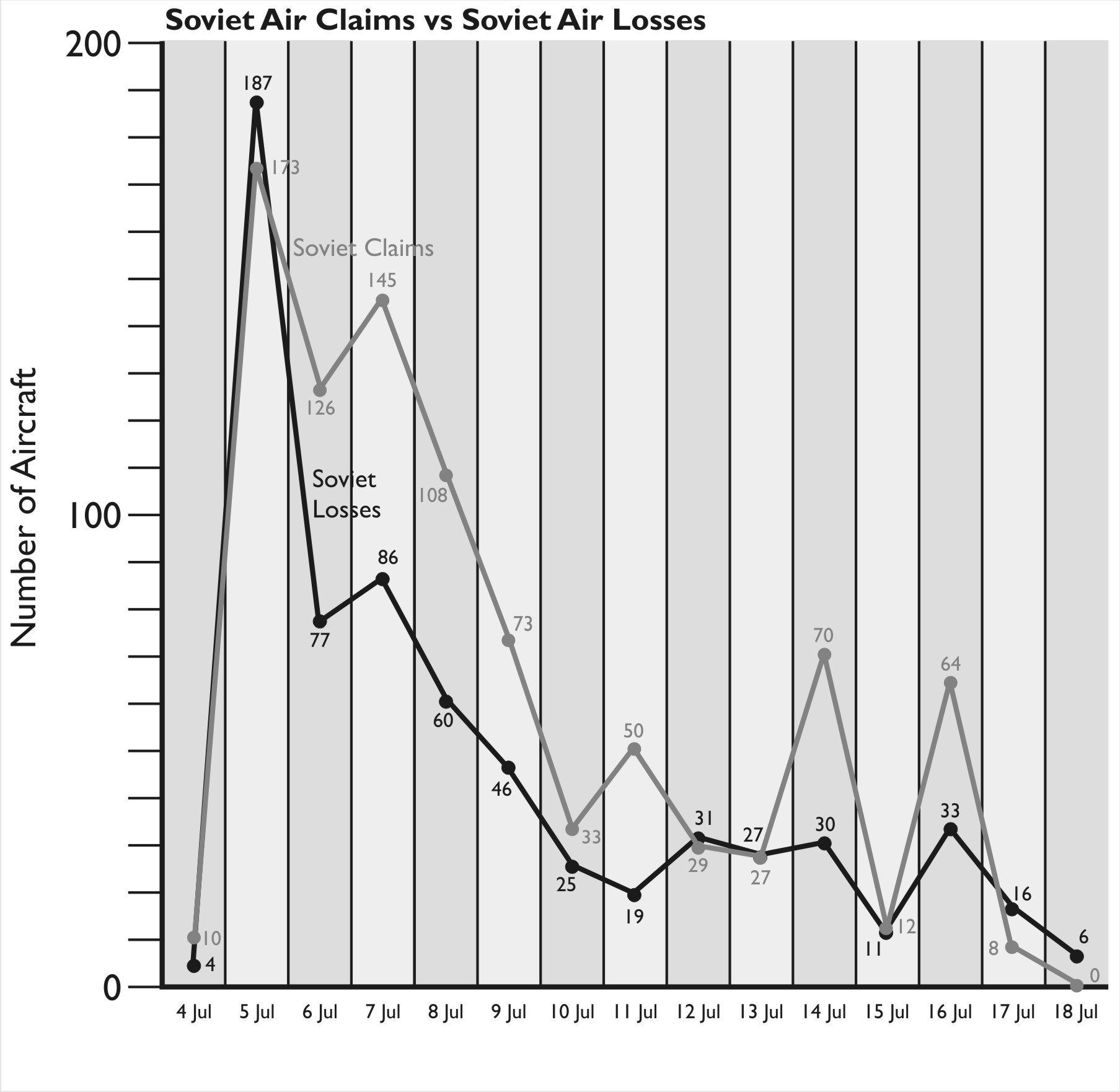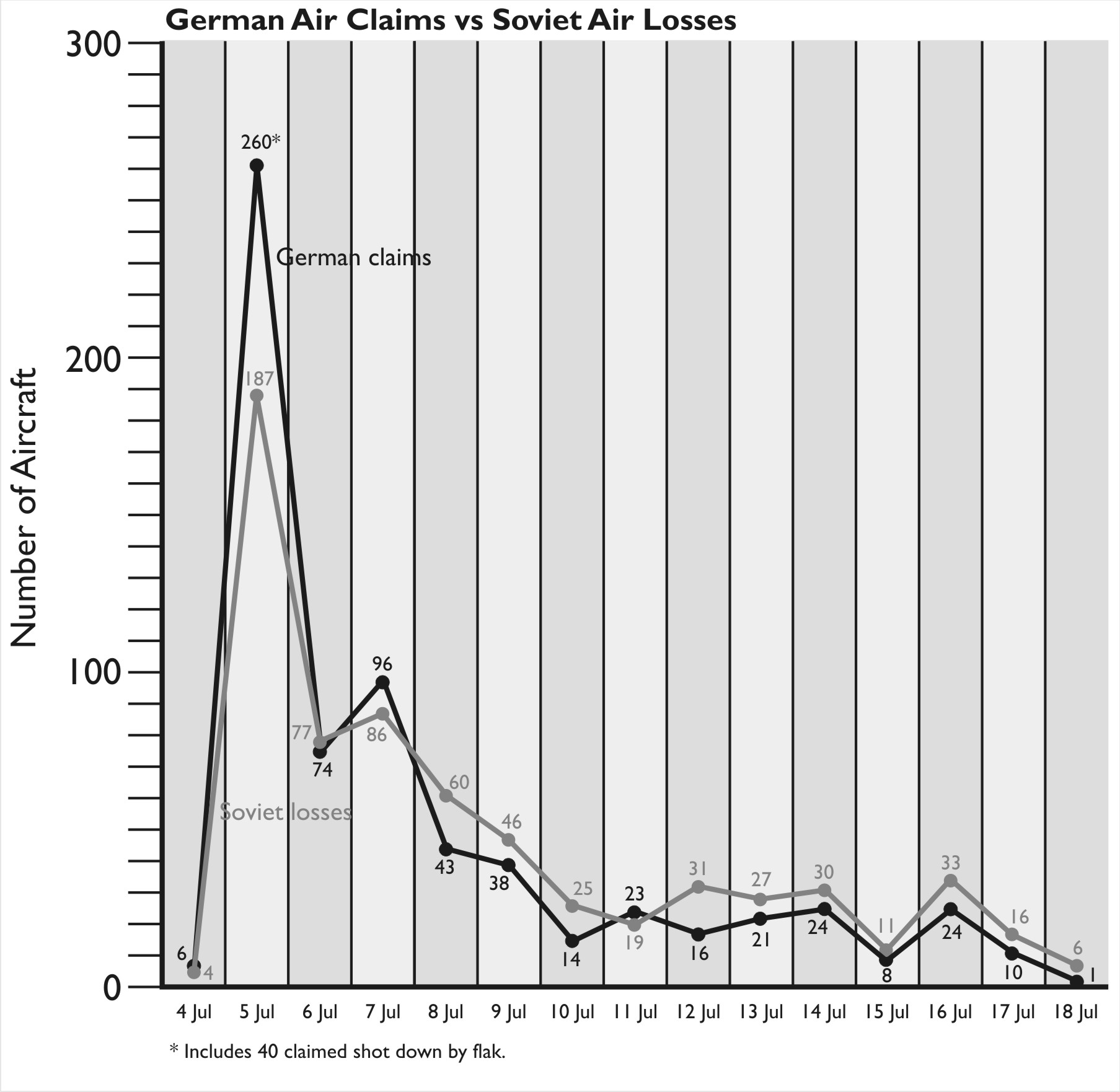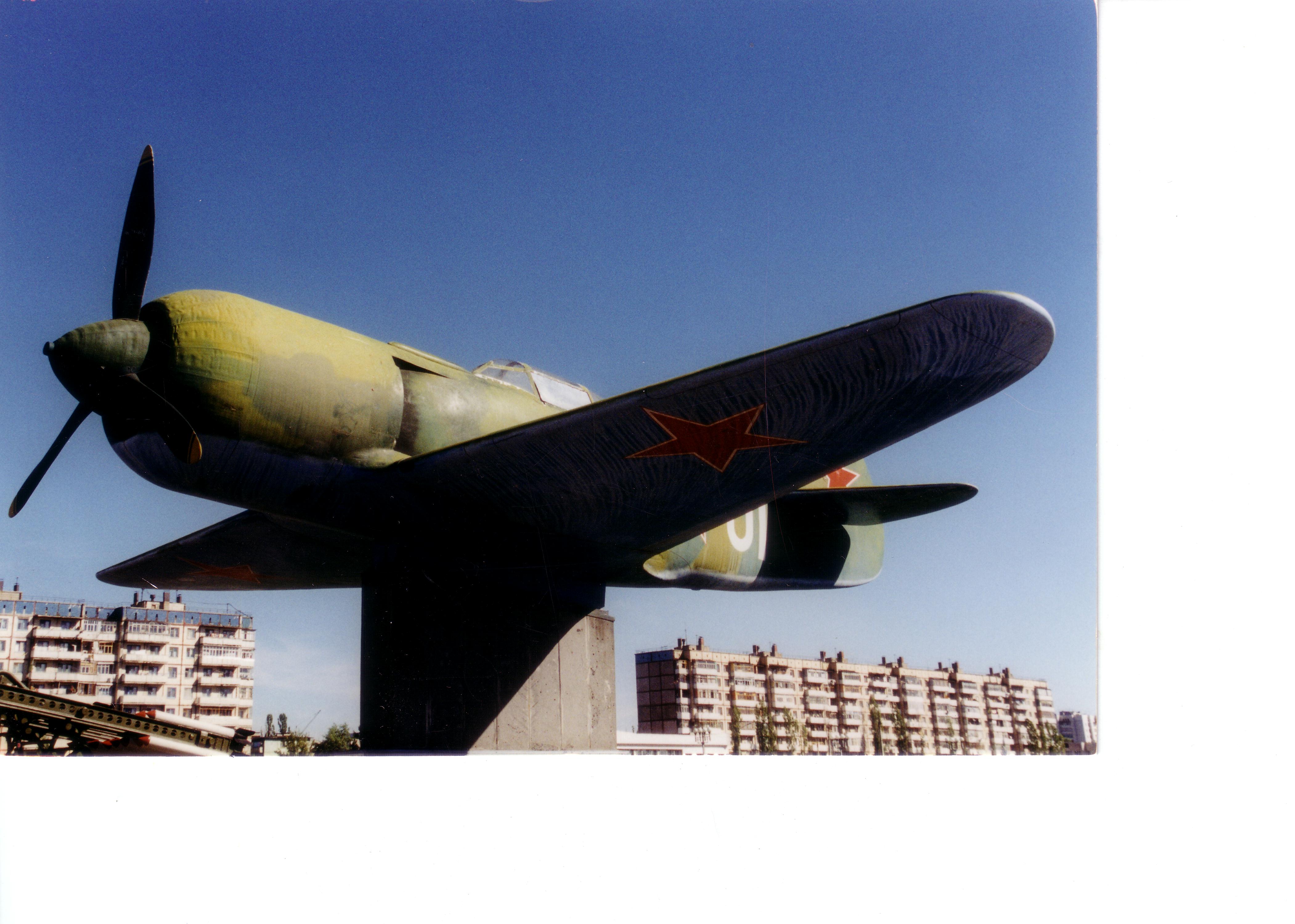
Well after the original Kursk Data Base project was done, I contracted a researcher to pull up some Soviet air regiment records from the battle. We had originally built our database on the Second, Fifth and Seventeenth Air Army records, but always wondered what the individual air records held. So as an experiment, I pulled up the records for the 5th Guards, 27th, 240th, 270th and 728th Fighter Regiments for 4-18 July 1943. They were a sampling from all three air armies and all rather famous air regiments. At the time, I was busy with other projects (our urban warfare studies) so set them aside. I finally got around to going through them and translating them over a decade later.
The regiment records mostly just record how many sorties they flew that day and too where, what their strength was, how many planes they claimed to have shot down and how many planes they lost. It is their claims of planes shot down that got my attention.
As I pointed out in page 839 of my original Kursk book (and page 285 of my Prokhorovka book), the Soviet air force at Kursk (in the south) appeared to claim more than eight times as many planes shot down as the Germans actually lost. The graph above is from those pages. Was not sure whether this was optimism or deliberate overstatement at the highest levels of command or something that trickled up from the lower levels. It appears to be something that trickled up from the lower levels. An air regiment reports to an air division which often reports to an air corps which then reports to the air army. So, looking through the regiment air records, what stood out was that some of these regiments had wildly optimistic kill claims.
Let me just give you one example, this is from the 728th Fighter Regiment on 16 July 1943. They claimed on that day to have shot down 13 planes, 7 Me-109s, 5 Ju-87s (Stukas) and one He-123. Their listing by name of who killed what and where is provided below. The actual reported German losses for their VIII Air Corps this day by the Luftwaffe air liaison officer was three planes: 1 Fw-189 and 2 Me-109s. The quartermaster reports for 16 July indicate only one plane lost, an Hs-129. So, it appears that not only is the Soviet regiment claims optimistic, but in fact, they may not have made a single kill that day!
This is just one of around 26 fighter regiments in the Second Air Army in July 1943. Also other air units and anti-aircraft artillery were involved in the fighting. There were a total of 64 Soviet claimed air combat kills on 16 July (see chart). Now this is the worse case for the five fighter regiments I looked at, but there are many other similar cases. Quite simply, the habit of over-claiming was common among Soviet air units at all levels.
The actual claims by the 728th Fighter Regiment for 16 July 1943:
Date Pilot Plane Notes
16 July Captain Vorozheikin 1 Me-109
16 July Lt. Sachkov 1 Me-109
16 July Jr. Lt. Vyibornov 1 Me-109
16 July Jr. Lt. Morye 1 Me-109
16 July Major Petrushin 2 Ju-87s Fell in the area of Shakhovo
16 July Jr. Lt. Shiryayev 1 Ju-87 Fell in the area of Shakhovo
16 July Lt. Kozlovskii 1 Ju-87 Fell in the area of Shakhovo
16 July Jr. Lt. Pakhomov 1 Ju-87 Fell in the area of Shakhovo
16 July by the group 1 He-123 Fell in the area of Dalnii Dolzhik
16 July Jr. Lt. Milashenko 1 Me-109 Fell in the area of Pravorot
16 July Jr. Lt. Karnaukhov 1 Me-109 Fell in the area of Pravorot
16 July Lt Khudyakov 1 Me-109 Fell in the area of Pravorot
Captain Vorozheikin is Arsenii Vasilyevich Vorozheikin, the sixth highest scoring allied ace of the war with 52 claimed kills and 13 shared kills.


